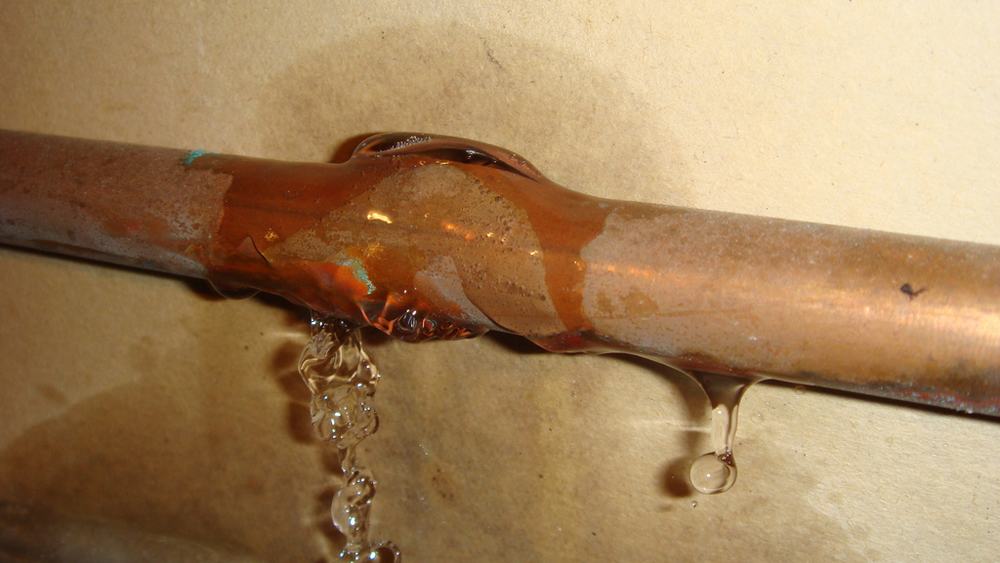
Image Source: Google
When it comes to maintaining the health of your plumbing system, ensuring that your drains are clear and free from any obstructions is crucial. Clogged or damaged drains can lead to a host of issues, including slow drainage, water backups, and even structural damage to your property. Traditionally, repairing damaged pipes meant excavation and costly repairs. However, with advancements in technology, drain relining has emerged as a cost-effective and efficient solution for fixing damaged pipes without the need for disruptive excavation.
What is Drain Relining?
Drain relining is a trenchless method of repairing damaged or deteriorating pipes without the need for excavation. This process involves inserting a resin-coated liner into the existing pipeline and inflating it to create a seamless, durable lining within the pipe. The new lining effectively seals off any cracks, leaks, or damage, restoring the pipe's structural integrity and flow capacity.
The Process of Drain Relining
- Inspection: The first step in drain relining is to conduct a thorough inspection of the pipes using a CCTV camera to identify the location and extent of the damage.
- Cleaning: The pipes are then cleaned using high-pressure water jetting to remove any debris, scale, or obstructions that could affect the relining process.
- Lining: A flexible liner impregnated with resin is inserted into the pipe and inflated using air pressure. The resin cures and hardens, creating a seamless and durable new lining within the existing pipe.
- Final Inspection: Once the resin has hardened, a final CCTV inspection is conducted to ensure that the relined pipe is free from defects and ready for use.
Benefits of Drain Relining
Drain relining offers a range of benefits compared to traditional pipe repair methods. Some of the key advantages of drain relining include:
Cost-Effective
- Minimal Disruption: Drain relining eliminates the need for excavation, reducing labor costs and minimizing disruption to your property.
- Faster Repairs: The trenchless nature of drain relining allows for quicker repairs, saving you time and money compared to traditional methods.
- Long-Term Solution: Drain relining creates a durable and seamless lining within the pipe, reducing the likelihood of future leaks or damage and extending the lifespan of your plumbing system.
Environmentally Friendly
- Reduced Waste: Drain relining produces less waste compared to excavation, making it a more eco-friendly option for pipe repairs.
- Minimal Disruption: By avoiding excavation, drain relining helps preserve landscaping and reduces the environmental impact of pipe repairs.
Is Drain Relining Right for Your Pipes?
While drain relining is a versatile solution for repairing a wide range of pipe damage, it may not be suitable for every situation. Here are some factors to consider when determining if drain relining is the right choice for your pipes:
Extent of Damage
- Minor to Moderate Damage: Drain relining is ideal for repairing minor cracks, leaks, and corrosion within pipes.
- Severe Damage: In cases of extensive damage, such as collapsed pipes or major corrosion, traditional repair methods may be more appropriate.
Pipe Material
- Compatibility: Drain relining is compatible with various pipe materials, including PVC, clay, and cast iron.
- Condition: The condition of the existing pipe material will impact the success of drain relining. Pipes that are severely degraded or misaligned may not be suitable for relining.
Access Points
- Accessibility: Drain relining requires access points to insert the liner into the pipe. Limited access or complex pipe layouts may impact the feasibility of relining.
- Obstructions: Obstacles within the pipe, such as tree roots or debris, can affect the success of the relining process.
Choosing a Drain Relining Specialist
When considering drain relining for your pipes, it's essential to choose a reputable and experienced specialist to ensure the success of the repair. Here are some tips for selecting a drain relining specialist:
Experience and Expertise
- Look for a company with a proven track record of successful drain relining projects and experienced technicians who are trained in trenchless repair techniques.
- Ask for references and reviews from past customers to gauge the quality of the specialist's work.
Technology and Equipment
- Choose a specialist that uses state-of-the-art equipment and materials for drain relining to ensure a durable and long-lasting repair.
- Ask about the technology and techniques used in the relining process to understand the quality of the repair.
Cost and Warranty
- Get multiple quotes from different specialists to compare costs and ensure you're getting a competitive price for the service.
- Check if the specialist offers a warranty on their work to guarantee the quality of the repair and provide peace of mind.
By following these guidelines and working with a trusted drain relining specialist, you can effectively restore your pipes to optimal condition and enjoy the benefits of a clear and efficient plumbing system.
